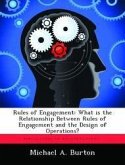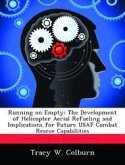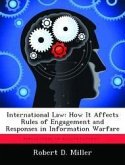During the Vietnam War, many American air commanders were convinced that rigid Rules of Engagement (ROEs) prevented an American aerial victory over North Vietnam during the Rolling Thunder air campaign from 1965-1968. ROEs were directives issued by civilian authority to guide the conduct of all US aerial operations in Southeast Asia. To the men "in the field" these rules provided detailed guidance to be followed by all commanders, air planners, control personnel, and combat crew members in the actual planning and flying of combat missions. ROEs allowed President Lyndon Johnson to apply measured amounts of air power both to avoid escalation of the war into World War III and to preserve domestic social programs. The belief among airmen that ROEs undermined Rolling Thunder was later strengthened by the 1972 Linebacker II air campaign and the more recent Desert storm air war. Both air campaigns were seemingly decisive, had few restrictive ROEs, and were conducted in a "straightforward" manner compared to the gradual approach of Rolling Thunder. A detailed examination of the ROEs from 1965-1968 reveals that they made the conduct of the air campaign terribly inefficient and also hampered its effectiveness; however, ROEs were not the sole cause of Rolling Thunder's failure.
Bitte wählen Sie Ihr Anliegen aus.
Rechnungen
Retourenschein anfordern
Bestellstatus
Storno








